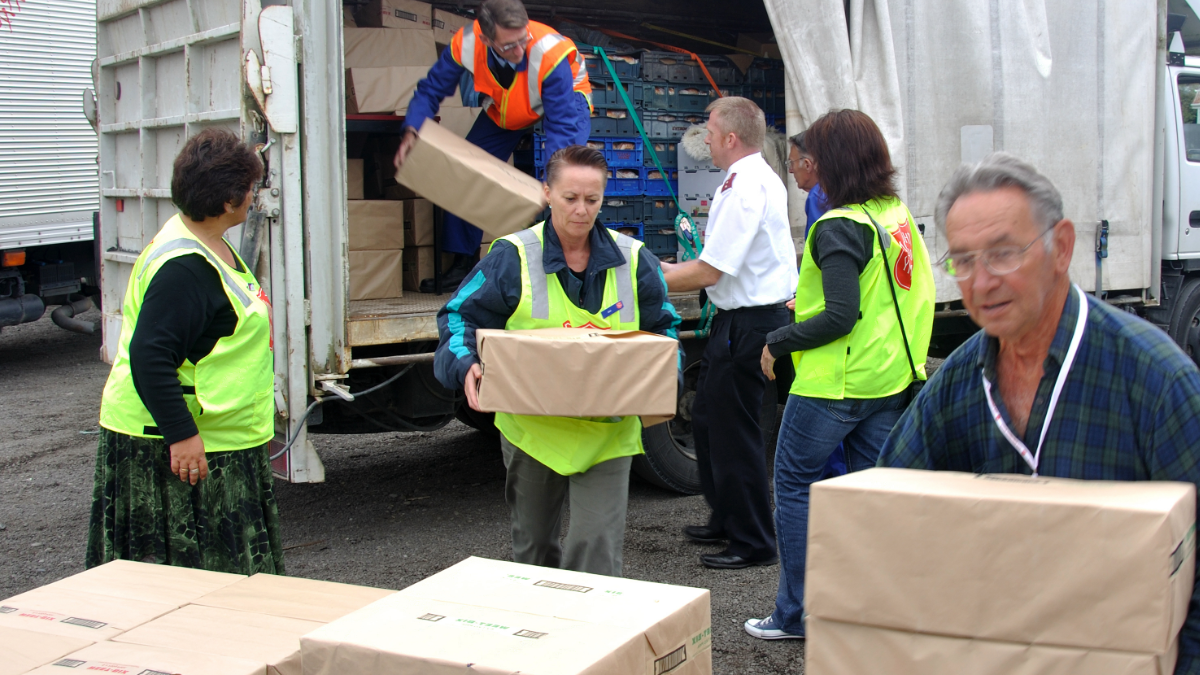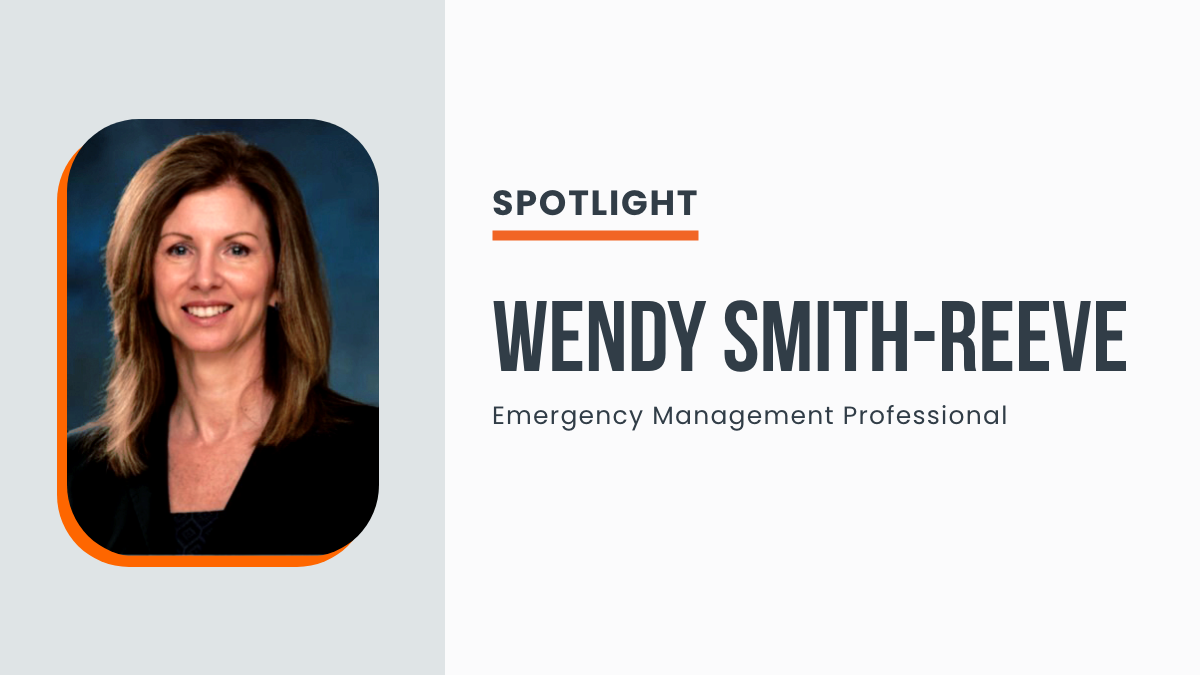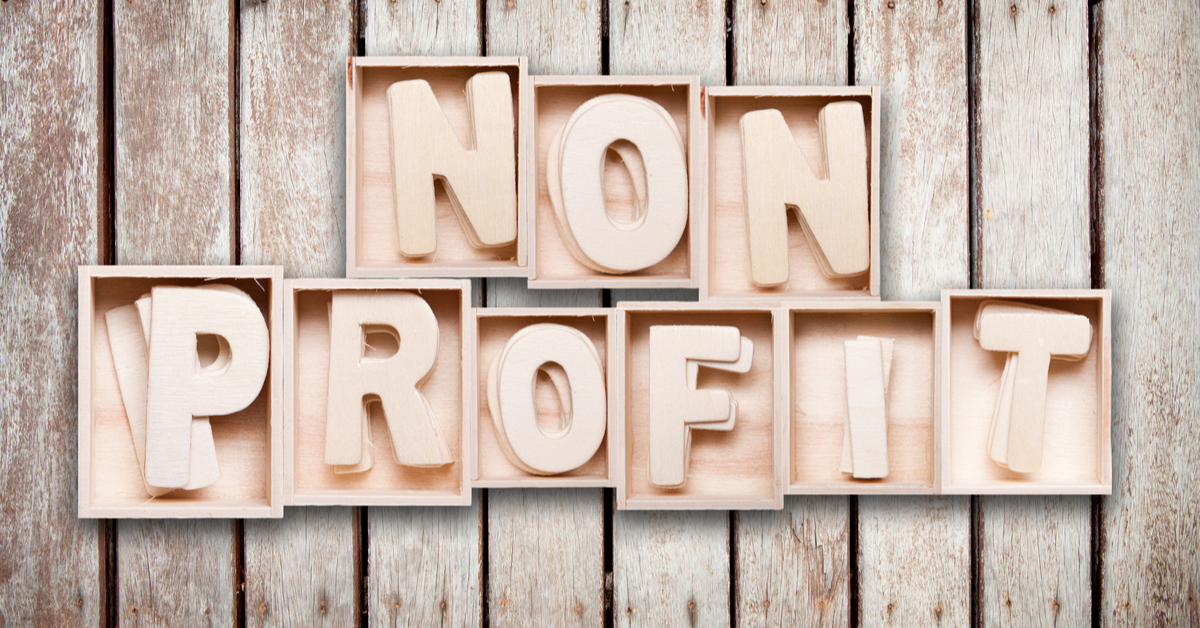While summer might mean sunscreen, hot dogs, and lazy days at the pool for some, for disaster relief organizations, it’s a great time to evaluate preparations and procedures for potential weather-related emergencies. Although May is National Wildfire Awareness month, it’s not just wildfires that are cause for concern in the summer. As the mercury rises, … Continue reading Disaster Relief: Ways to Prepare Your Organization
DollarDays Partner: Wendy Smith-Reeve
You probably know Wendy Smith-Reeve as the former Director of the Arizona Division of Emergency Management (ADEM) during the height of the coronavirus pandemic. At DollarDays, we know her as a champion of those in need, underserved, or in crisis in our communities. We are proud to partner with Smith-Reeve in her continued effort to … Continue reading DollarDays Partner: Wendy Smith-Reeve
How to Make an Outreach Kit in 2021
Let's be honest, this past year is not what anyone expected. Many industries have been disrupted by COVID-19 as we all continue to adapt. One group that is near and dear to us, is nonprofits. Many nonprofits have had to either cancel their annual events or make drastic cutbacks to what they are able to … Continue reading How to Make an Outreach Kit in 2021
Donating your Time and Money: Choosing the Right Nonprofit
According to Statista, in 2015, "there were about 1,088,447 public charities" in the U.S. If you're a volunteer or a group of volunteers looking for the right mission to donate your time and money to, that's a lot of options. At that point it's important to make sure you choose a reputable organization, with similar … Continue reading Donating your Time and Money: Choosing the Right Nonprofit
Introducing Our Nonprofit Catalog
Our Mission Statement reads, "We are a team of like-minded individuals working together to serve nonprofits by sourcing critically needed goods that allow our partners to stretch their dollars, accomplish their missions and provide dignity to those in need." It is because of that mission that we are very excited to announce our Nonprofit Catalog. … Continue reading Introducing Our Nonprofit Catalog
Random Acts of Kindness Define Who We Really Are
Watching the news, watching the divisiveness caused by the elections and watching interactions in our daily lives, we realize we are living in very scary times—[a]nd everything we see and experience is amplified in the eyes of our children. Children learn by watching adults. According to Love to Know, babies and toddlers learn by observing … Continue reading Random Acts of Kindness Define Who We Really Are
Donating: Is It the American Way?
In the United States, there are 1,429,801 tax-exempt organizations made up of 966,599 public charities; 96,584 private foundations; and 366,618 other types of nonprofits, including chambers of commerce, fraternal organizations and civic leagues, according to the National Center for Charitable Statistics. These [tax-exempt] organizations paid for 9.2% of all wages in [our nation last year] … Continue reading Donating: Is It the American Way?
Is the Recession Really Over?
[Recently], Gallup reported that the total number of new business startups and business closures per year, known as “the birth and death rates," [...] just crossed to the bad for the first time since [its] measurement began—[a]nnually, 400,000 new businesses are being born nationwide, while 470,000 are dying. [...] [Until] the recession, startups outpaced business … Continue reading Is the Recession Really Over?
Charity is in Our DNA
Since the beginning of America, we have been a giving people. [I]n 1630, [Pilgrams] relied on each other to survive the harsh winters. The settlers raised each other’s barns, hosted quilting bees for the community, and built common areas in their towns. Benjamin Franklin, the founding father of American volunteerism, [...] gathered volunteers to sweep … Continue reading Charity is in Our DNA
The Poor, the Elderly, the Disabled Stand to Lose the Most
More Americans used food stamps to buy their Thanksgiving dinner than any time in our history according to U.S. News & World Report. Forty-two million of us are on food stamps, and the food-stamp program (now called the Supplemental Nutrition Assistance Program, or "SNAP") cost the U.S. government $72 billion last year. This means one … Continue reading The Poor, the Elderly, the Disabled Stand to Lose the Most




